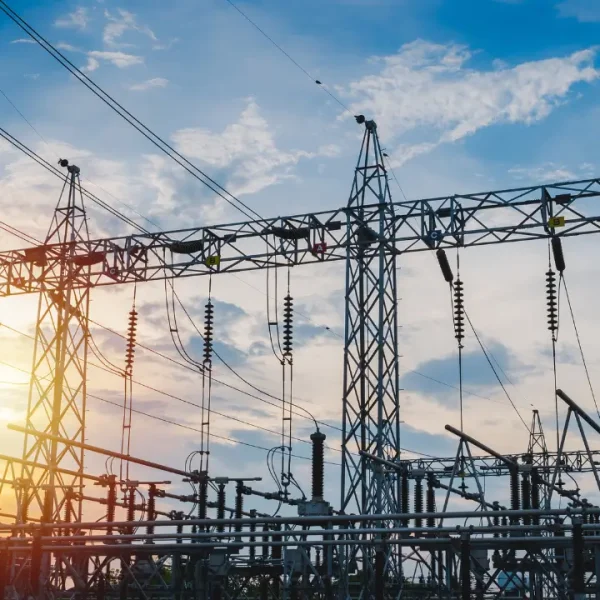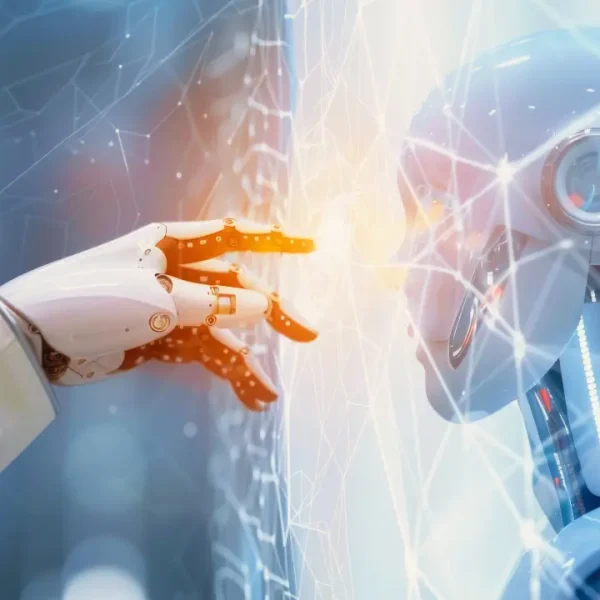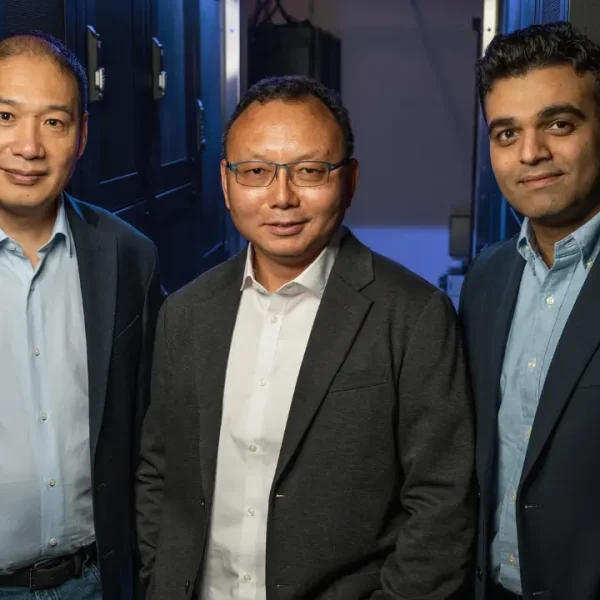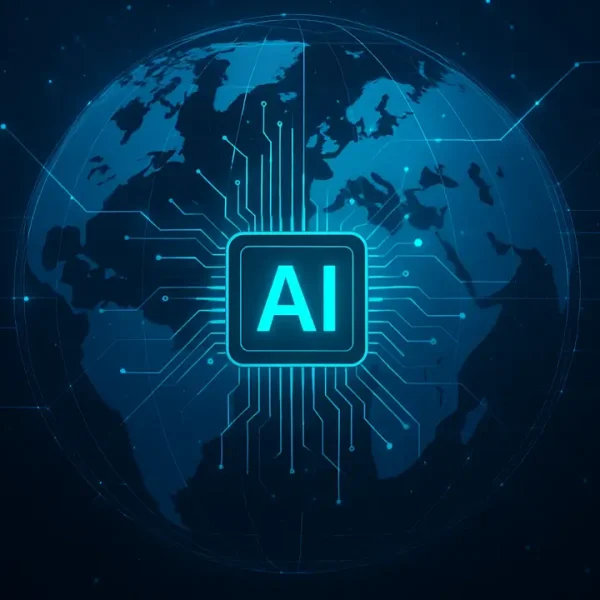Artificial intelligence is transforming industries from healthcare to finance, promising trillions in economic value. Yet this boom comes with a hidden cost: surging AI energy consumption. To address this issue, initiatives focused on Greening AI are being implemented to mitigate these impacts.
As AI models become increasingly complex, the computing power needed to train and operate them has surged. This has made data centers the backbone of AI infrastructure major contributors to global electricity consumption. Projections suggest AI’s energy use could match that of entire nations by 2030, raising urgent questions about the technology’s sustainability and emphasizing the need for Greening AI.
This paradox, a transformative tool for solving global challenges that simultaneously consumes vast amounts of power calls for a fundamental rethink. The answer lies in technological convergence: uniting innovations in AI, renewable energy, grid management, and storage to turn AI from an energy burden into a driver of a clean-energy future through Greening AI.
Smart Grids Powered by AI
The modern grid is under strain from rising demand and intermittent renewable sources. AI, combined with tools like satellite imagery and LiDAR, can forecast energy demand and renewable output with unprecedented precision.
By analyzing real-time data from smart meters, weather models and sensors, AI enables utilities to optimize energy distribution, cut transmission losses and reduce reliance on fossil fuels. Paired with battery storage systems, AI can stabilize the grid even during low wind or solar output.
AI-Driven Materials Innovation
A clean energy transition depends on breakthroughs in materials science. AI accelerates the discovery of high-efficiency materials for solar panels, hydrogen production and battery storage.
Companies like KoBold Metals use AI to find critical battery minerals faster, while innovations such as perovskite tandem solar cells and molten oxide electrolysis for steelmaking cut emissions in traditionally high-polluting industries.
Carbon Tracking with AI
The Carbon Mapper initiative showcases the power of AI combined with satellite technology. By detecting methane and CO₂ emissions at the facility level, AI enables faster leak detection, transparent reporting and verified reductions.
Nuclear Energy Enhanced by AI
Small Modular Reactors (SMRs) are emerging as cost-effective, flexible low-carbon energy sources. AI optimizes reactor design, reduces build time and enhances safety. Tech giants like Microsoft, Google and Amazon are already securing nuclear energy to meet AI’s continuous power needs.
A Collaborative Energy Future
Sustainable AI requires collaboration between tech innovators, energy providers and policymakers. Shared data, integrated systems and aligned supply chains are key to scaling solutions.
AI’s growth and planetary health do not have to be at odds. With AI-powered smart grids, advanced materials, carbon monitoring and nuclear innovation, we can create a green AI revolution that drives economic growth without sacrificing environmental stability.












